|
|
|
Some of these you could weave, or make from what you have woven.
If you like to see some ideas of what can be made, here is a small list.
| rattan arm chair ... maybe you can't weave one, but you could do a cushion cover or a seat cover | 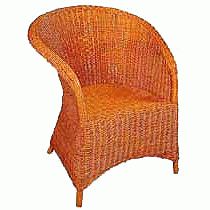 |
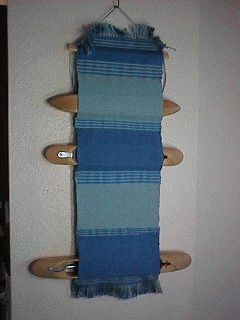 |
this is a shuttle holder, but it could easily be made to hold knitting needles, kitchen tools, knitting yarn, socks, baby clothes, paintbrushes and other art things, CDs, newspapers and magazines, toilet rolls. Make the pockets large enough to take a cereal box in which you could store smaller things |
| a paravent was used to protect people from draughts. They usually have wooden or
fabric panels. We live in warm draught-free rooms, but such an object is still useful: to stand in front of a window as a decoration, around a favourite arm chair to give a 'quiet reading corner', to hide a cluttered desk or clothes shelf, as a room divider that can be folded when not required, as an object where you can hang information |
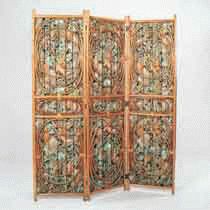 |
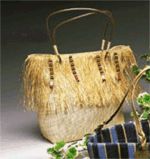 |
this is woven from raphia. You could make a bag using 2 panels sewn together on three sides. The handle can be some smooth string, but I would rathe make my own braid for it |
| this could be a purse or a shoulder bag. Each side is woven on a circle of thick card, then stitched together. It can be woven quickly on a circular card loom. | 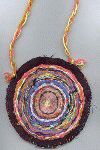 |
| how to recycle those cube-shaped lamp shades | |
| a cushion cover woven with ribbons or thin bands. This would also work for a bag! Weave it on a large corrugated card box, or on a large sheet of card | |
| you may have heard of rag rugs. This one is made from strips of jeans. But you could use any kind of fabric. You must sew a strip of fabric straight across the ends of the warp threads across the full width. | |
| mugrugs are useful objects to protect table tops, desks or other surfaces from the base of a coffe or tea mug, a cup or a glas. When you weave a new design or pattern, and even when you just begin to learn weaving or try out a different weaving frame, make your trial pieces into mugrugs. |